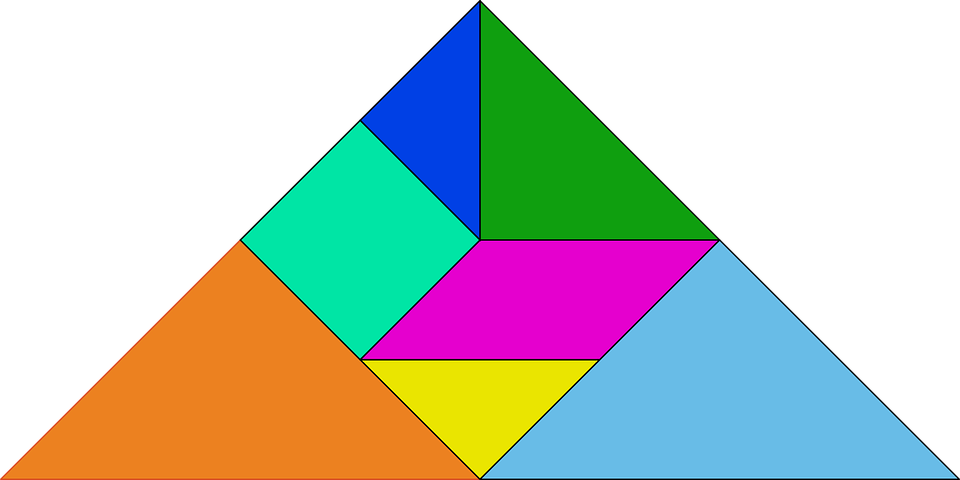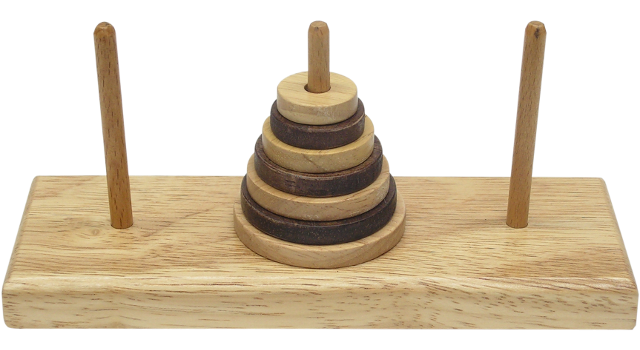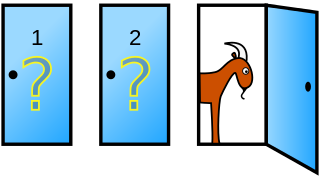The Researchers’ Night is a big feast of Technology and Sciences. Each year it is celebrated all over the world, with many exhibitions, talks and other events. In our small town, the Foundation of Research and Technology at Heraklion (FORTH) celebrated the Researchers’ Night on the 29th of September. Being invited as school to participate at the event, our students made a lot of preperations to show their skills at Sciences and Robotics. But this time, Mathematics came along! Mathematics as brain teasers, for fun!
So, how did we attracted all those people around our bench? We had two categories of mathematical activities. The first was about strategy games and puzzle solving and the second was about probability and random experiments.
Here is the list of our activities
- Tangram [1]: Can you rearrange the seven pieces to get a square?

- Log Jam puzzle [2]: How can we fit these 8 logs into the box? It seems there is not enough space for all!


- “X Marks the Spot” puzzle [3]: Two wooden bars are bonded together and it seems impossible to separate them.

- Horseshoe puzzle [4]: Two horseshoes are linked together and there is a ring around their linkage. Is it possible to remove the ring and then put it back?

Back to the list
- The NIM strategy game [5]: Two players take turns and move a pawn on a long trail. Who is going to reach the end if each time the pawn can be moved 1 or 2 steps ahead?
- A playing card trick [6]: A volunteer cuts a deck of cards as many times as he likes. Then, he removes the top card and keeps it in secret. But the magician announces which card it is by simply looking at the bottom card when nobody notices. This works because the cards are arranged beforehand and the arrangement doesn’t change with cutting. So, the top card and the bottom card where two succesive cards in the initial arrangement.
- Tower of Hanoi [7]: Three rods can accept disks of different diameters. We start with the disks being stacked on the 1st rod and the objective is to move the whole pile to the 3rd rod. The disks are moved one by one and it is forbiten to lay a disk over a smaller one. For the least moves, a strategy should be developed.

- Guess my number: Think of a number from 1 up to 31 (perharps some date). Then look at the tables below and if your number is there check the box below. Click the button "Guess!" and the computer will guess your number! How this happens? Find out on the worksheet (pdf).
1 3 5 7 9 11 13 15 17 19 21 23 25 27 29 31 2 3 6 7 10 11 14 15 18 19 22 23 26 27 30 31 4 5 6 7 12 13 14 15 20 21 22 23 28 29 30 31 8 9 10 11 12 13 14 15 24 25 26 27 28 29 30 31 16 17 18 19 20 21 22 23 24 25 26 27 28 29 30 31
Back to the list
- Photon's random walk [8], [12]: 7 tiles on a row represent the Sun's interior. The photon (a volunteer) is stand on the middle tile, since it's just born. A dice is rolled and the photon moves one tile at a time, either on the right if the outcome of the dice is even, or on the left otherwise. How many steps the photon will move altogether before getting out of the Sun? Too many! The reality is even worse: it takes hundreds of thousands of years for a photon to get out of the Sun!
- "Kruskal Count" card trick [9], [10]: Shuffle a deck of cards and start laying them one by one on a row. The first card is face down and nobody knows what it is, but the rest are face up. When you stop laying the cards, some of them are left out. Turn over the first card and move on the row as many cards as it indicates (for figures we agree to move 5 steps). The next card you reach thus will indicate the next number of steps. This continues and amazingly you reach the last card of the row! How did you predict where the row should end? Well, if you assume that the first card is 5 and count the steps while you lay the cards down, then you have a probability of over 97% to “guess” the end of the row correctly, as long as you have quite many cards.
- Guess the content of the bottles [12]: Six bottles contain 2 or 3 small balls, not all the same color. The bottles are covered with tape and you cannot see inside, unless you open the lid. Even so, can you guess the content of the bottles, by just turning them upside down as many times as you like and looking at the single ball that stops at the bottle’s neck?
- "Stay or switch?" or "The Monty Hall Game" [11], [12]: Three doors numbered 1, 2, 3, are closed. Behind each door there is a present, one of two goats or a car. A player chooses one door but the showman opens another door with a goat. Will the player stay with his choice or will he switch to the other closed door? When does he have better chances to win the car?

Here is our version with cards (pdf). Play the game many times and stick a small circle in one of the cells accordingly. Then you will find out when you have better chances!
Back to the list
- Tangram - Wikipedia
- Log Jam, Sage Forensic Accounting, Inc.
- Wooden Centrifugal Puzzle, Phil B
- Horseshoe Puzzle Solved, W.P. Armstrong
- Strategy Games, Math Laboratory
- Cut the deck - Shurfing Scientist, teachers' staff
- Tower of Hanoi, Math is Fun
- Random Walk - Astronomy Visualizations, The King's Center for Visualization in Science
- The Kruskal Count Card Trick, Alex Frieden and Ravi Montenegro
- Predicting a card - Mathematical Card Tricks, Tom Davis
- Stay or Switch, Jeremy Jones
- Probability Games, Math Laboratory
Back to the list
This site is mastered by Irini Perissinaki iriniper[ατ]sch.gr
Background image by 123RF
 OR
OR



 Out school team
Out school team The world of cells
The world of cells Cells are factories
Cells are factories
 Mr. Sygkelakis talking to students
Mr. Sygkelakis talking to students
